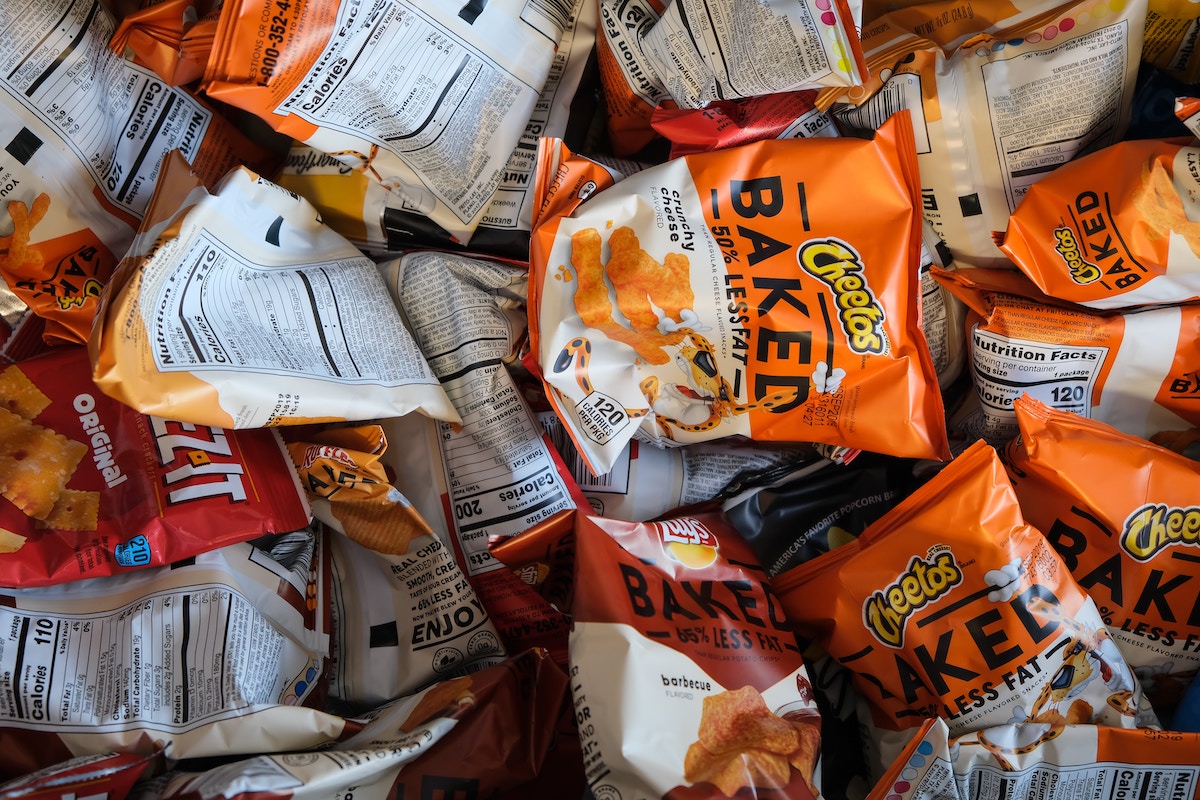By: Debbie Lui
If you’ve noticed you’re carrying a little extra weight around your midsection, you aren’t alone. Belly fat is sneaky, but having a little extra – especially around your midsection – could be risky! Especially with new research from Mayo Clinic suggesting that excess belly fat at a normal weight is even riskier than simply being obese, it’s clear that managing your waistline matters more than you’d think. But, what are the dangers of belly fat and how do you tackle the problem?
Dangers of Belly Fat
Why is belly fat dangerous? The trouble with belly fat is that it isn’t limited to subcutaneous fat or the fat that sits just below the skin. While this outer excess may cause some cosmetic stress, it is relatively harmless. The problem lies in the deeper belly fat – the visceral fat that builds up around your organs such as your stomach and intestines!² This type of fat is metabolically active, secreting adipose hormones and adipokines that trigger inflammation and release fatty acids into the bloodstream.¹ This inflammation has been shown to lead to diseases such as Non-Alcoholic Fatty Liver Disease as well as Metabolic Syndrome. ² Another chemical, cytokines, produced by these deep fat cells has been linked to heart disease, insulin resistance, and Type 2 Diabetes.³
Are You At Risk?
How can you tell if your belly fat is putting your health at risk? We’ve got two options! For the first, simply measure your waist circumference with a tape measure. According to the Heart and Stroke Foundation, a waist circumference of 102+ cm/40+ inches in men or 88+ centimeters/35+ inches in women means you could be putting your wellness on the line.¹ However, there may be a slight difference in cut-off points for different ethnic groups so check with your health practitioner for more detailed information.
Remember, being slim doesn’t necessarily mean you are not at risk. This is where our second option comes in! People with a normal weight but a poor body composition can accumulate hidden fat beneath the stomach, so using a body composition analyzer can give you more detailed information regarding your levels of body fat.
Tackling the Problem
The Culprits:
Age + Genetics:
As with everything, your genetics can play a role in determining your chances of accumulating belly fat. While they are very rarely the sole cause of obesity in an individual, they can impact the way your body chooses to store fat from calorie overages.
Aging plays a role, too. You lose muscle as you age — especially if you’re not active — and this loss of muscle mass decreases your resting metabolic rate which causes you to burn less throughout the day. In fact, men in their 50’s need about 200 fewer calories each day than they needed in their 30s!¹ We should be factoring that decrease into our intake as we age, but many of us do not which can lead to the accumulation of both subcutaneous and visceral fat.
Empty Calories:
The major contributor to growing belly fat is the food you’re eating. Sugary and highly-processed foods provide a large amount of calories with little nutrition which can cause blood-sugar spikes that release cortisol, a hormone that triggers the storage of fat around your midsection.² Alcohol, which also adds nutritionally empty calories to your diet, is another common culprit.
The Solution:
To shrink your middle and reduce the dangers of belly fat, it all comes down to living a healthy lifestyle! There is no diet or exercise that can specifically target fat loss in a particular area of the body, which can make tackling belly fat a daunting task. Instead, focus on losing overall body fat and improving body composition through activity and whole, healthy food choices!
Remember: gaining weight doesn’t happen overnight so don’t expect losing weight to happen that quickly either. It takes time to see the effects of healthy eating and activity, but you’ll be happy you stuck to it in the end. If you’re looking for a few ways to get started, try the ones below:
Cut Back On Alcohol and Sugary Drinks
Whether we like it or not, alcohol and sugary drinks are the first things that should be avoided in your belly fat reduction plan. For children alone, fruit juices, sodas, and other sugar-sweetened beverages have been linked to a 60% increase in obesity risk for each daily serving.4 Reading food labels before purchasing drinks can help you to make the right food choices, but make sure you keep a close eye on the added sugars! You can visit US. FDA to learn more about navigating food labels.
Exercise
Exercise is one of the very best things you can do to improve your health, and it just so happens to be great for weight loss as well! Aerobic exercise, in particular, has been shown to reduce belly fat in numerous studies. These exercises include running, swimming, and walking.4 If you are a beginner, remember to take small steps and gradually increase the intensity/pace when you feel comfortable. Weight training is also helpful for improving overall body composition and increasing your daily calorie burn!
Start a Food Journal
You may think that losing weight doesn’t have a thing to do with writing things down on a piece of paper, but journaling has been shown to be an effective tool of weight management. Journaling helps people to learn more about their food habits, how much they have been eating, and what they have been eating. Most often, we forget what we have eaten in a day, so looking back at your food journal helps you to keep track of your food records, and thus help you to make better food choices.
It is never too late to take action and make a positive, healthy change!
Find the weight loss plan that fits you by completing the Weight Loss Profile Quiz here!




Comments (0)